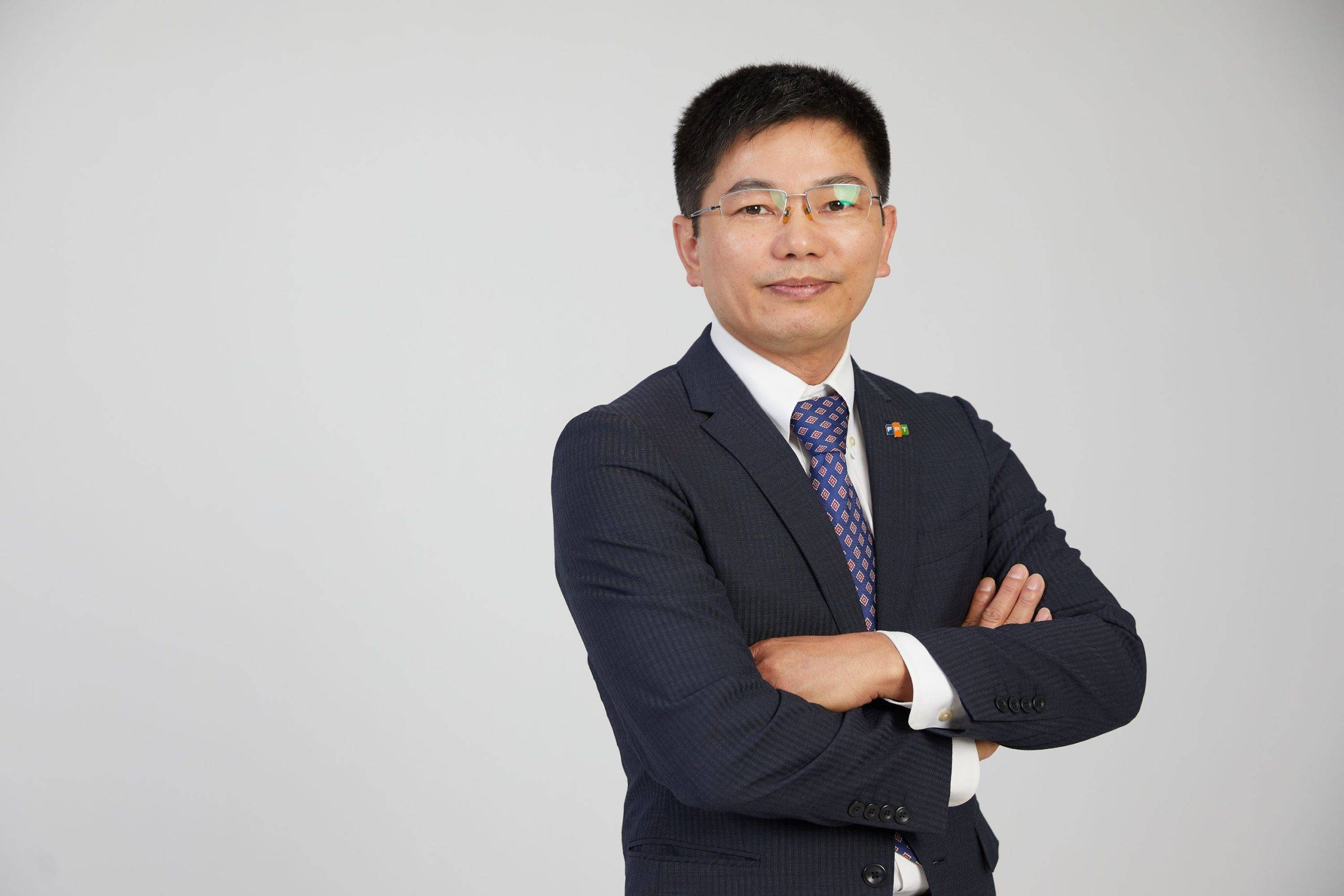As a company that provides specialised technologies to support emergency and disaster response, Motorola Solutions sees an important role for its innovation and technology portfolio in strengthening safety and resilience to natural disasters and other large scale events in the Asia Pacific
Motorola Solutions’ Vice President in AMEA (Asia, Middle East, and Africa) Rajat Gupta, is convinced that the company’s five-decade presence in the Asia Pacific region, coupled with a track record of successfully delivering dependable and secure technologies for the public safety sector, puts the firm in a unique position to deliver this mission-critical innovation.
The benefits of voice and video technologies not only improves incident response today, but could help emergency services to apply predictive insights in the near future, to anticipate and respond quicker.
This could be why, despite holding a portfolio that spans two large continents, 14 countries in the Middle East, and around 77 per cent of the world’s population, Rajat hardly bats an eyelid.
On top of that, he has a 20-year career that spans four different cities he lived in and many more he traveled to for work.

“If you look at the profile of our customers in Asia, Middle East and Africa, they tend to face similar challenges and are also procuring technology in similar ways,” Rajat said, adding that these regions all have growing needs for safety-focused technology to build a foundation for long-term economic and political prosperity.
“We’ve recently secured a number of important contracts in Africa, by working in partnership with our customers and clearly understanding their operational needs and the types of solutions they need in different countries,” he observed. The increased importance of maintaining peace and stability in Israel also, for example, highlights a clear need for technology to achieve this.
Winning contracts is important, but so too is project delivery, Rajat says. That’s why the company puts boots on the ground to maintain its technology and provide support services to their install base which can be found throughout countries in AMEA.
Combining new and established technologies
Now the company’s focus is shifting beyond providing voice-driven communications to also expanding the use of video technologies for customers who want to see more of what’s happening around them, and to interoperate their radio communication devices with broadband-enabled software.
According to Rajat, combining the benefits of voice and video technologies not only improves incident response today, but could help emergency services to apply predictive insights in the near future, to anticipate and respond quicker.
This is where the company’s video and analytics acquisitions like Avigilon, IndigoVision, Vaas, Pelco, Calipsa, Envysion, and others come into play. The company believes that by integrating more of its core video, software and communications technologies, public safety agencies can not only communicate better, but can maximise the use of generated data that surrounds our communities.
Public safety networks of the future
PS-LTE (public safety LTE) networks are still evolving and as LTE standards mature, LTE networks are anticipated to take on more and more of the same qualities of security and reliability that TETRA and P25 networks provide.
The use cases in public safety are more precise than for consumers, and are absolutely critical in times of emergency. With the backing of reliable 5G connectivity, emergency services can do things like maintain constant awareness of where responders are located in the field and tap into real-time multimedia and video sources to enhance awareness and safety as emergencies unfold.

In the meantime, there are hybrid solutions that deliver the benefits of both LMR and PS-LTE networks combined, like Motorola Solution’s broadband-push-to-talk solutions, Critical Connect and SmartConnect. To address the needs of today while planning for the future, Motorola Solutions has developed a line-up of hybrid devices and software that provide interoperable communication during inter-agency missions. It would be able to support all teams’ active communications on the same broadcast channel when providing humanitarian aid in conflict areas, for example.
“We already have about 50 countries, 4,000 customers, and over 2 million users around the world, using broadband PTT (push-to-talk) solutions today. This essentially gives them a hybrid environment with a way to access critical voice and data communications that work reliably on different devices and networks,” Rajat pointed out.
Besides its strong presence in the government sector – like ministries of defence, and public safety organisations – Motorola Solutions’ mission-critical products are found in other critical infrastructures like airports, rail/metro systems, sea ports and industries including oil and gas, manufacturing and utilities.
The tech is here
Rajat’s experience working in different countries guides him on the importance of understanding diverse cultures and needs. For example, in the Middle East a proof-of-concept for automated licence plate recognition software is underway with a public safety agency that will be deployed to 1,000 vehicles. The objective for this POC is to save time for the agency while increasing awareness for frontline officers.
This could grow into larger deployments, and help to identify more organisations in the region who can benefit from video and image analysis on their operational vehicles. Interoperability can also help them answer questions like how to connect video feeds to their radios, and how to send alerts to the nearest responder about an accident that is happening.
Rajat also called out how cities like London and Singapore can take advantage of the pervasive video infrastructure they already have to pioneer automated video analytics and integration between different public safety applications.
We already have about 50 countries, 4,000 customers, and over 2 million users around the world, using broadband PTT (push-to-talk) solutions today. This essentially gives them a hybrid environment with a way to access critical voice and data communications that work reliably on different devices and networks.
“We are not talking about humans sitting behind desks and monitoring 20,000 cameras in a country or a city, looking at every video feed manually. There are AI-enabled technologies that can help these operators find what’s most important and immediately actionable in a scene and present the data in a meaningful way that helps them decide what steps to take.”
This type of automation is made possible by Motorola’s acquisition such as Calipsa, which analyses video feeds automatically ‘at the edge’ (i.e. on the camera itself), and sends real-time alerts to responders.
The ongoing push to innovate
For a company whose equipment in 1969, famously helped to deliver the first words from the moon to Earth, “that’s one small step for man one giant leap for mankind”, Motorola sees a growing need for voice communication and video technology working hand-in-hand in the future. The appetite to explore this interoperability further, remains, especially as hybrid communication solutions like broadband push-to-talk can unlock more tangible benefits like inter-agency cooperation and collaboration across networks, borders, and different handheld devices.
Whether resolving communications interoperability challenges today or increasing the use of AI- powered video technology tomorrow, Rajat believes that understanding what makes customer organisations tick, is the right path forward.
“That’s really going to be our focus – making sure we know what our customers need, having the right discussions with them and working together to develop the right solutions. By tying it all together and backing it with successful project delivery, we’ll continue to play our part supporting our customers and making communities safer for the future,” Rajat concluded.
(This article first appeared here)






